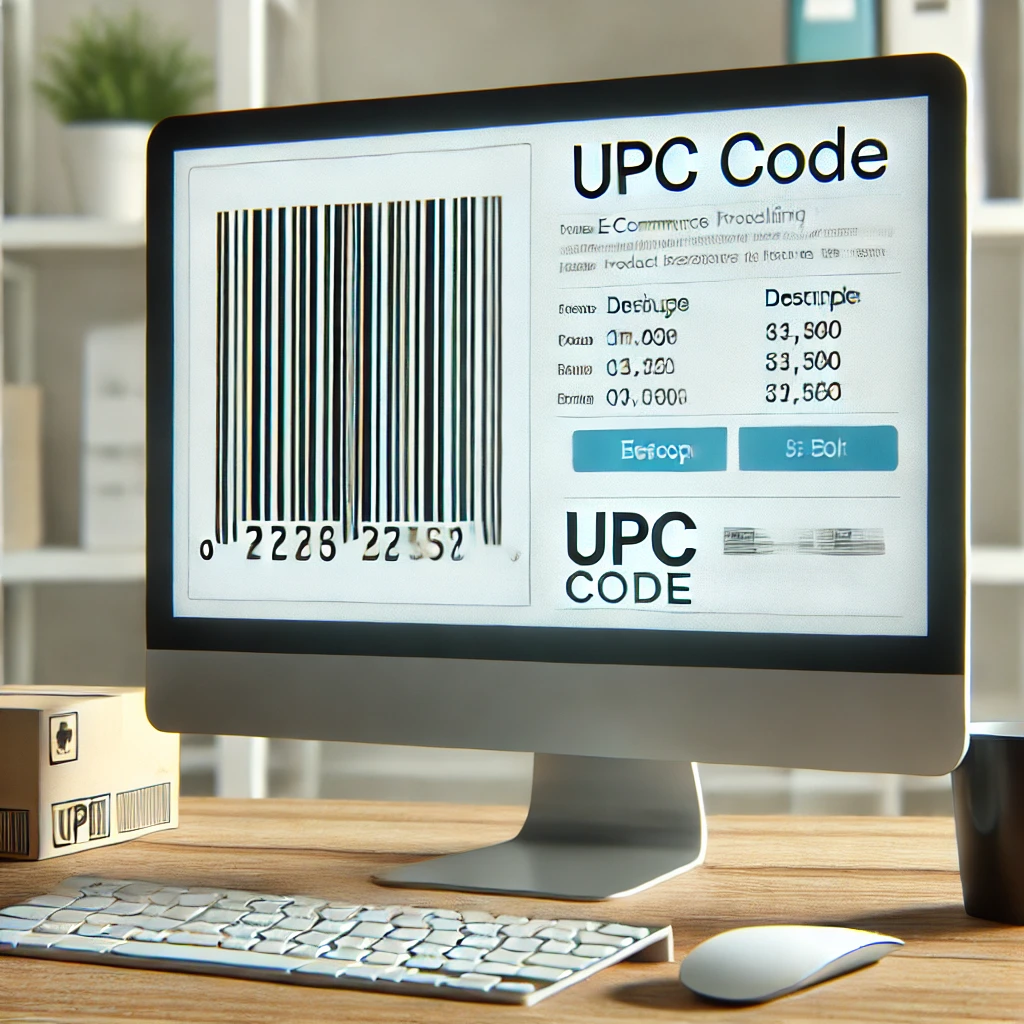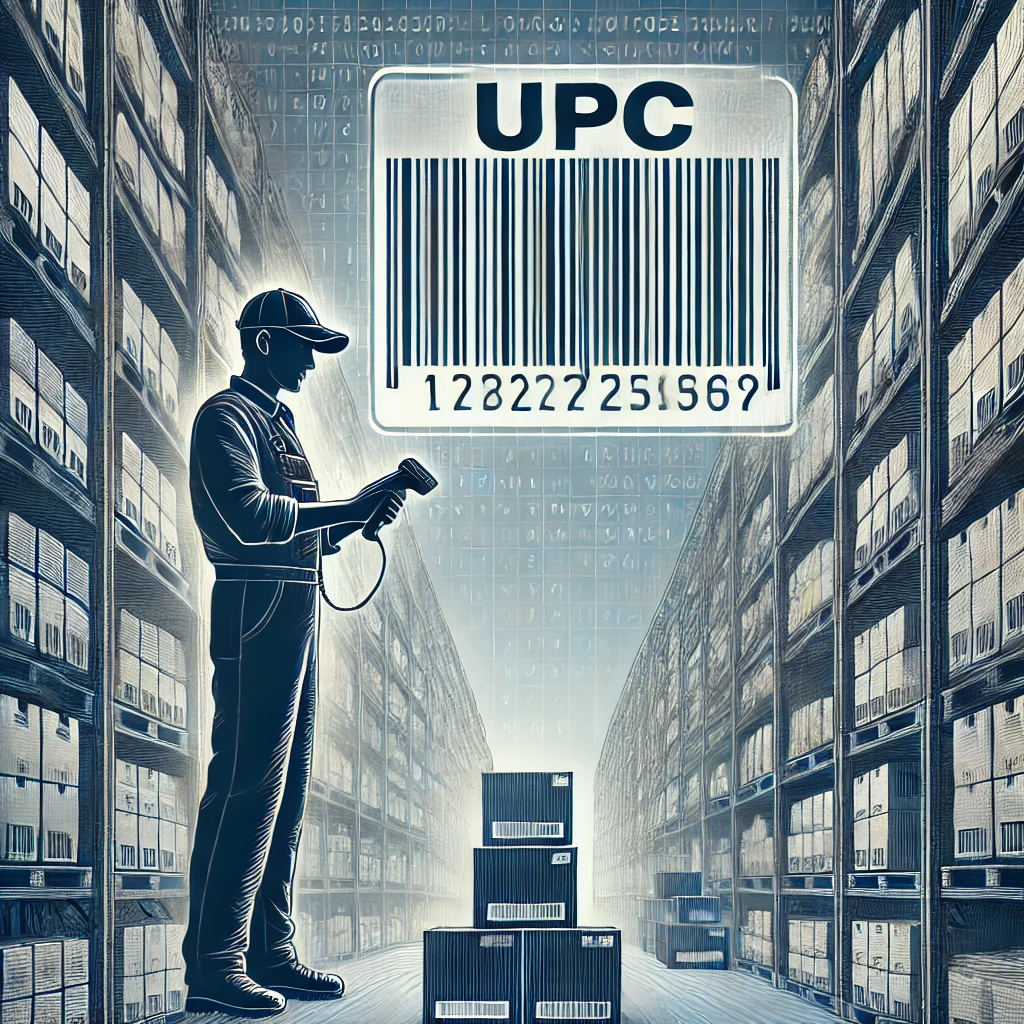Everything You Need to Know About UPC Codes

What is a UPC Code?
UPC stands for Universal Product Code. It’s a barcode symbology widely used in the United States, Canada, and other countries for tracking trade items in stores. The (technically, -A) consists of 12 numeric digits that are uniquely assigned to each trade item.
What Does UPC Stand For?
UPC stands for Universal Product Code. This standardized system was developed to help retailers and manufacturers identify products quickly and accurately.
The Anatomy of a UPC Code
A typical UPC-A code consists of the following parts:
- Manufacturer’s prefix (first 6-9 digits)
- Item number (variable length)
- Check digit (last digit)
The combination of these numbers creates a unique identifier for each product.
Types of Codes
While -A is the most common, there are other types of codes:
- -E: A compressed version for smaller packages
- EAN-13: The European Article Number, which is compatible with UPC
How to Read a UPC Code
Reading a UPC code involves understanding what each section represents:
- The first digit is the system digit, which typically indicates the type of product
- The next 5-8 digits represent the manufacturer’s code
- The following 3-5 digits are the product code
- The final digit is the check digit, used for error detection
Where to Find UPC on Products
UPC codes are typically located on the back or bottom of product packaging. They’re usually easy to spot as a series of black bars with numbers underneath.

The Importance of UPC Codes in Retail
UPC codes serve several crucial functions in retail:
- Inventory tracking
- Price look-up at point of sale
- Sales data collection and analysis
- Streamlined ordering and restocking processes
How to Register for a Code
To obtain codes for your products:
- Join GS1, the official global provider of codes
- Purchase a company prefix
- Assign product numbers to your items
- Generate the barcodes

UPC Code vs. Other Barcodes
While is common, other barcode systems exist:
- EAN (European Article Number)
- ISBN (International Standard Book Number)
- QR Codes (Quick Response Codes)
Each serves different purposes and is used in various industries.
Lookup and Product Information
UPC codes can be used to look up product information. Several online databases and apps allow you to search by to find product details, pricing information, and more.
Creating UPC Codes
While official codes must be obtained through GS1, there are tools available to generate -A formatted barcodes for internal use or testing purposes. However, these should not be used for products intended for retail sale.
Codes in E-commerce
UPC codes play a crucial role in e-commerce:
- Product listing on marketplaces like Amazon
- Inventory synchronization across multiple sales channels
- Product information management
The Future of UPC Codes
As technology evolves, so do product identification methods:
- RFID (Radio-Frequency Identification)
- NFC (Near Field Communication)
- Digital watermarks
However, codes remain a staple due to their simplicity and universal adoption
Managing UPC Codes with Linbis
For businesses dealing with numerous products, managing codes can be challenging. This is where Linbis comes in. Linbis offers a comprehensive solution for code management:
- UPC Database: Store and organize all your codes in one centralized system.
- Inventory Tracking: Link codes to your inventory items for real-time stock management.
- Multi-Channel Integration: Ensure consistent usage across all your sales channels.
- Automated Ordering: Set up reorder points based on code scans and sales data.
- Reporting and Analytics: Generate insights on product performance using -based sales data.
- Product Information Management: Attach detailed product information to each for easy reference.
By leveraging Linbis’s powerful management capabilities, businesses can streamline their operations, reduce errors, and make data-driven decisions.

Conclusion: Harnessing the Power of UPC Codes
UPC codes may seem like a simple string of numbers and bars, but they’re the backbone of modern retail and inventory management. From helping cashiers quickly ring up items to enabling detailed sales analysis, codes play a crucial role in business operations.
Whether you’re a small business owner looking to get your first codes or a large retailer managing thousands of products, understanding and effectively using codes is key to success in today’s market. And with tools like Linbis, managing your codes and the wealth of data they provide has never been easier.
Ready to take your management to the next level? Explore how Linbis can help you harness the full power of codes and transform your business operations today!
